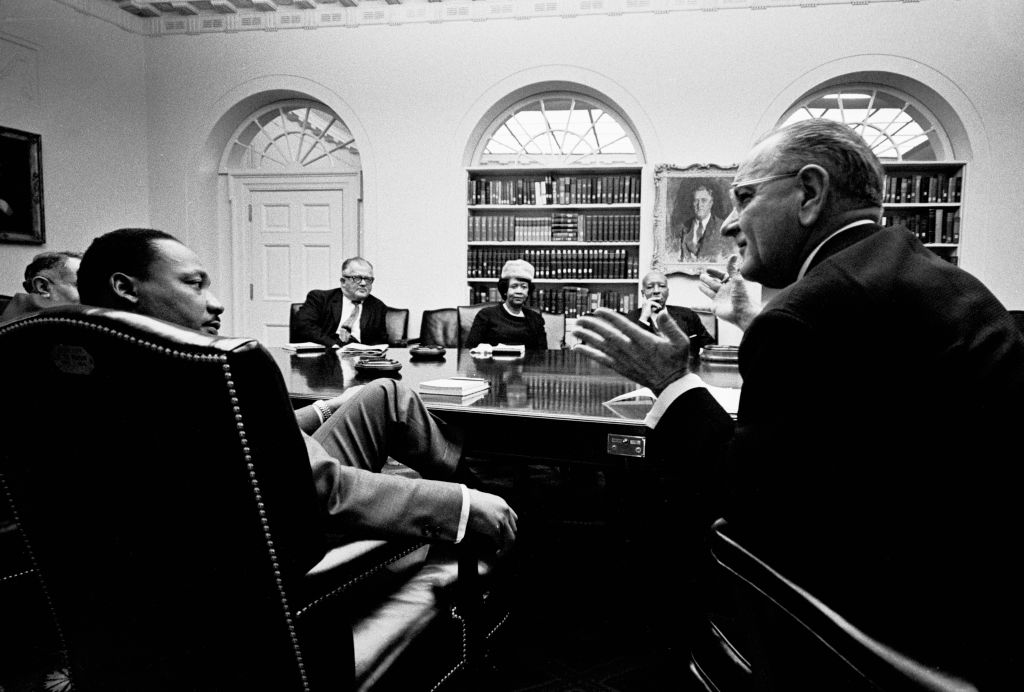
Source: Interim Archives / Getty
Every year, in January, whether on January 15, or the third Monday in the month, the life and accomplishments of Dr. Martin Luther King, Jr. are celebrated. There are many achievements, most notably, of course, his work advancing civil rights through non-violent protests in the form of marches, boycotts, sit-ins, and a number of efforts that would aid in the passing of the Civil Rights Act of 1964. And while such celebration and adoration on this annual day of observance, a holiday for most, will forever be due, Dr. King didn’t do it all alone. We’ve heard of the many men who worked alongside him to make a change, from John Lewis and Whitney Young to Bayard Rustin and James Farmer. We’ve also heard of the contributions of his wife, Coretta Scott King, and of course, Rosa Parks, often referred to as “the mother of the civil rights movement” (though we can’t forget about Claudette Colvin). Still, there are other women whose work with Dr. King should be mentioned and celebrated, too. So we thought we’d celebrate Dr. King by highlighting the work of a few of the women he collaborated with.
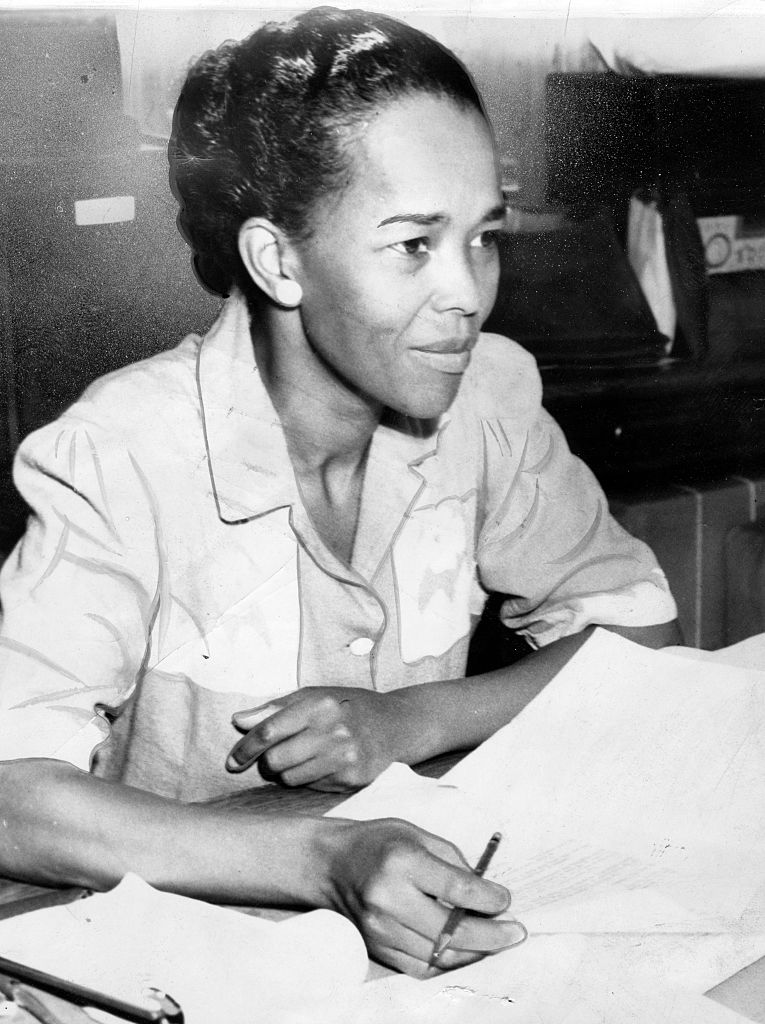
Source: Afro Newspaper/Gado / Getty
Ella Baker
The “Godmother of the Student Non-Violent Coordinating Committee,” Ella Baker was all about the fight for Black empowerment even way before the civil rights movement began. She volunteered her services and helped to start a number of activist groups, eventually moving up the ranks to leadership positions. From the Young Negroes Cooperative League where she eventually became national director, the NAACP where she became the association’s highest-ranking woman, and the Southern Christian Leadership Conference where she was associate director and interim executive director for a time in the late ’50s, she was influential. She would work with Dr. King during her time in the SCLC, though they differed in philosophies. Nevertheless, Baker was a major figure, helping to form the Student Non-Violent Coordinating Committee. She encouraged grassroots activism and was a mentor to SNCC members who would hold prominent roles in the movement, including Julian Bond, Stokely Carmichael, and Diane Nash, to name a few. She was an activist to the very end, a supporter of the “Free Angela” campaign for activist Angela Davis, forming the Mass Party Organizing Committee, and becoming an ally of the Women’s International League for Peace and Freedom.
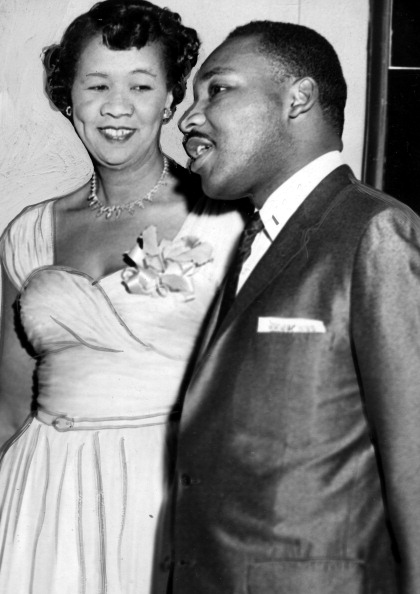
Source: Afro Newspaper/Gado / Getty
Dorothy Height
Height is considered one of the major leaders of the civil rights movement, though due to the fact that she was a woman, at the time, she was often excluded from such shortlists. Height got her start in the Young Women’s Christian Association, which, created the Office of Racial Integration. Under her leadership as the director of the Office in the early ’60s, they made it their mission to fight against segregation. A women’s rights activist, she was the president of the National Council of Negro Women and coordinated events to bring together Black and white women to work unified towards integration. She was a leading organizer for the March on Washington, where Dr. King gave his legendary “I Have a Dream” speech. She also advocated for the erection of a statue in honor of Mary McLeod Bethune in D.C., a mentor whom she met early in her activism with the NCNW. That statue would be the very first dedicated to a Black woman to be constructed and placed on federal land.
Height would receive the Presidential Medal of Freedom in 1994 and was the chairperson of the executive committee for the Leadership Conference on Civil Rights. The year prior to her death, she was on stage at the inauguration of President Barack Obama.
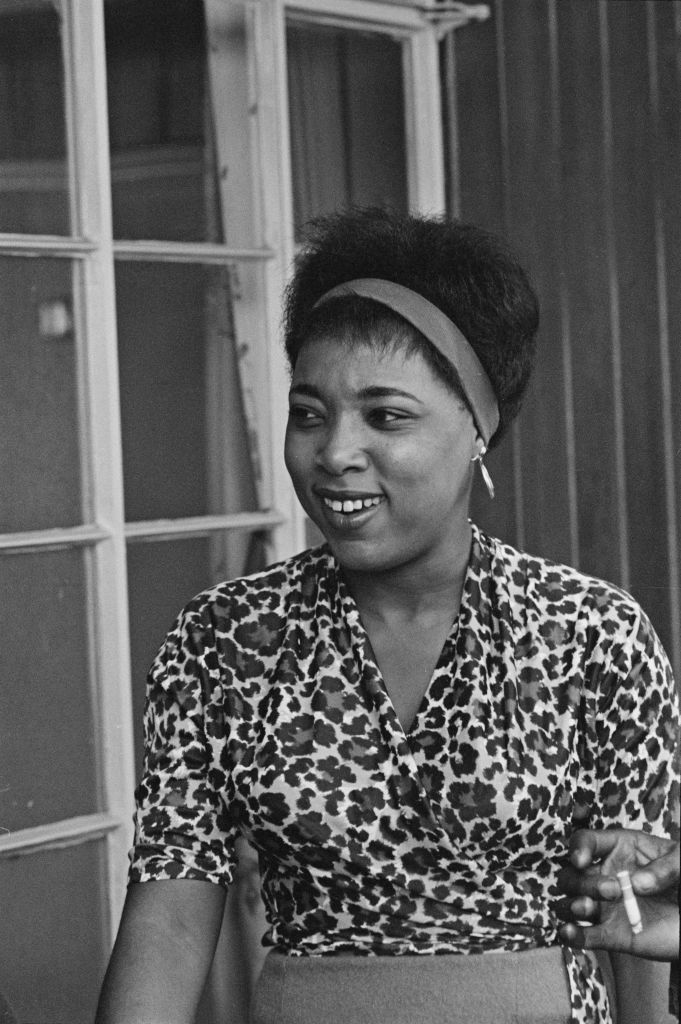
Source: Michael Ochs Archives / Getty
Dorothy Cotton
A leader of the Southern Christian Leadership Conference, Dorothy Cotton got her start in activism after joining a church in Virginia and working alongside Wyatt T. Walker, who was then the regional head of the NAACP and would go on to be the chief of staff for Dr. King. Cotton rose to prominence after training young people to picket for the civil rights movement. After Dr. King spoke at her church and met Cotton, he encouraged her to move to Atlanta to help form the SCLC. Her biggest contribution would be the Citizen Education Program, where she help thousands of Black men and women learn the requirements for voter registration, and help them get over efforts to suppress the Black vote. This was possible by teaching reading and writing to help people pass literacy tests. A collaborator of Dr. King’s, she was with him in Norway when he was awarded the Nobel Peace Prize in 1964.
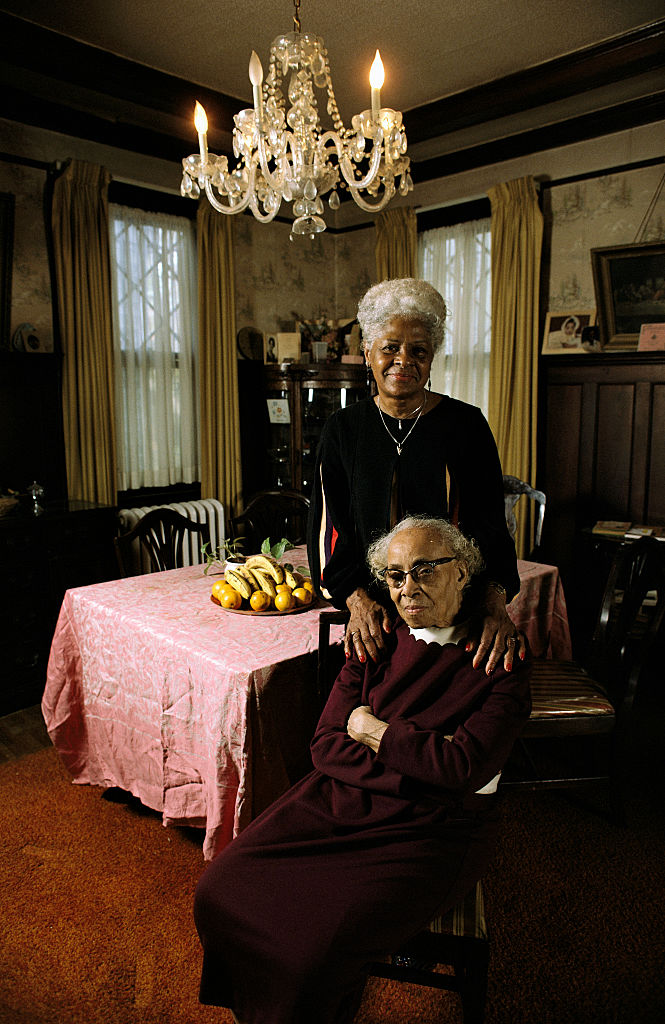
Source: Karen Kasmauski / Getty
Septima Poinsette Clark
Another member of the YWCA and the NAACP, Clark (pictured seated with her cousin and fellow civil rights activist Bernice Robinson) was an educator, beginning her career as a teacher when she was 18. Her experiences teaching, mainly the pay discrepancies she dealt with where white teachers were paid much more than Black ones for educating fewer students in South Carolina, prompted her to get involved in the movement. Clark was part of a class-action lawsuit by the Charleston chapter of the NAACP that would lead to pay equity for teachers in the state. Before that, alongside her students, Clark obtained signatures, 10,000 in one day, for a petition to allow for Black principals in Charlelston public schools, which was successful.
After the state forbade state employees from being part of civil rights organizations, Clark defiantly stayed in the NAACP and had her employment contract canceled. It became difficult for her to find work as a teacher. But after contributing her talents as an educator conducting workshops at the Highlander Folk School in Tennessee, a social justice leadership training school, she was hired full-time as director of workshops. There, she taught literacy skills, how to fill out driver’s licenses, voter registration forms, how to sign checks, and more. Afterward, she was a major player in the forming of the Southern Christian Leadership Conference’s Citizenship Education Program, as her workshops helped inspire it. She was the director of education and teaching and found a fan in Dr. King, who said she showed “expert direction.” Clark said that she felt Dr. King respected the place and contributions of Black women in the movement. She would also create “Citizenship Schools” in the South to offer adult literacy courses and, in support of Dr. King, help educate and establish young leaders who could play an important role in the movement.
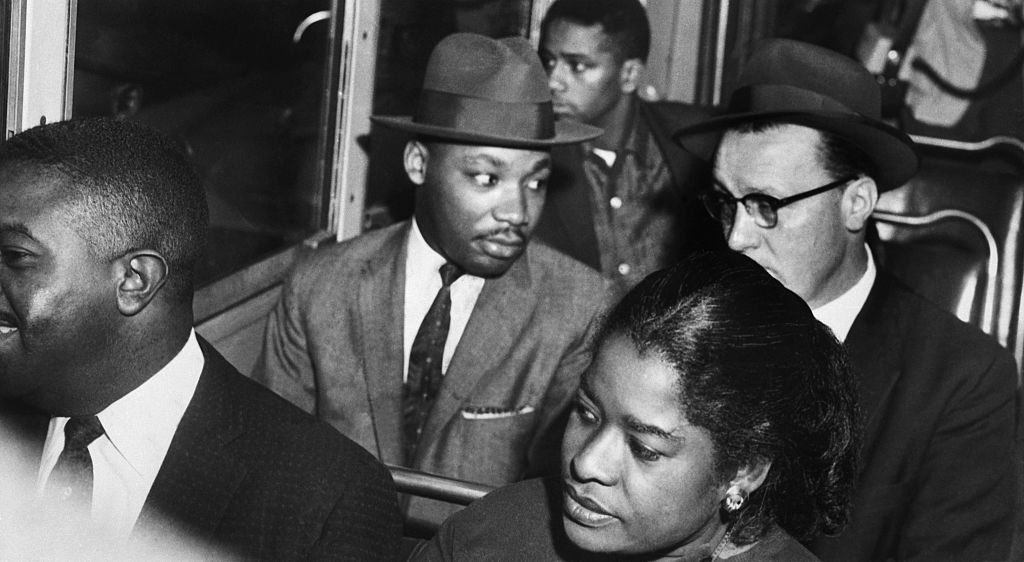
Source: Bettmann / Getty
Jo Ann Robinson
Though not pictured, Jo Ann Robinson was a major player in the Montgomery bus boycotts. In 1949, the Women’s Political Council member was scolded by a bus driver for sitting in the “White’s only” section when it was empty. Though she would leave the bus entirely, she was motivated to go to the WPC and try to organize a boycott of the buses in protest. They weren’t fond of the idea in the beginning though, believing that enforced segregation wasn’t going to go away. But when she became president of the WPC, she pushed the council to protest on public transportation, specifically buses. She hit a number of walls and lacked big support, but nevertheless, went forward to organize a boycott. Such efforts with the WPC were able to get some changes made, including more gracious drivers and more stops in Black neighborhoods. After Rosa Parks’ arrest when she refused to give up her seat to a white man on a bus in Montgomery, Robinson used that to plan the Montgomery bus boycott. What was initially planned to be a one-day boycott continued on for a year until segregation on buses was deemed unconstitutional. The Montgomery Improvement Association was created afterward, which elected Dr. King as president. Though Robinson was offered an official position in the association, she didn’t take it in order to keep her teaching position at Alabama State. However, she did work on the executive board and edited the newsletter for Dr. King. She was known for working diligently behind the scenes, with him saying that her contributions were found in “every level of protest.”









